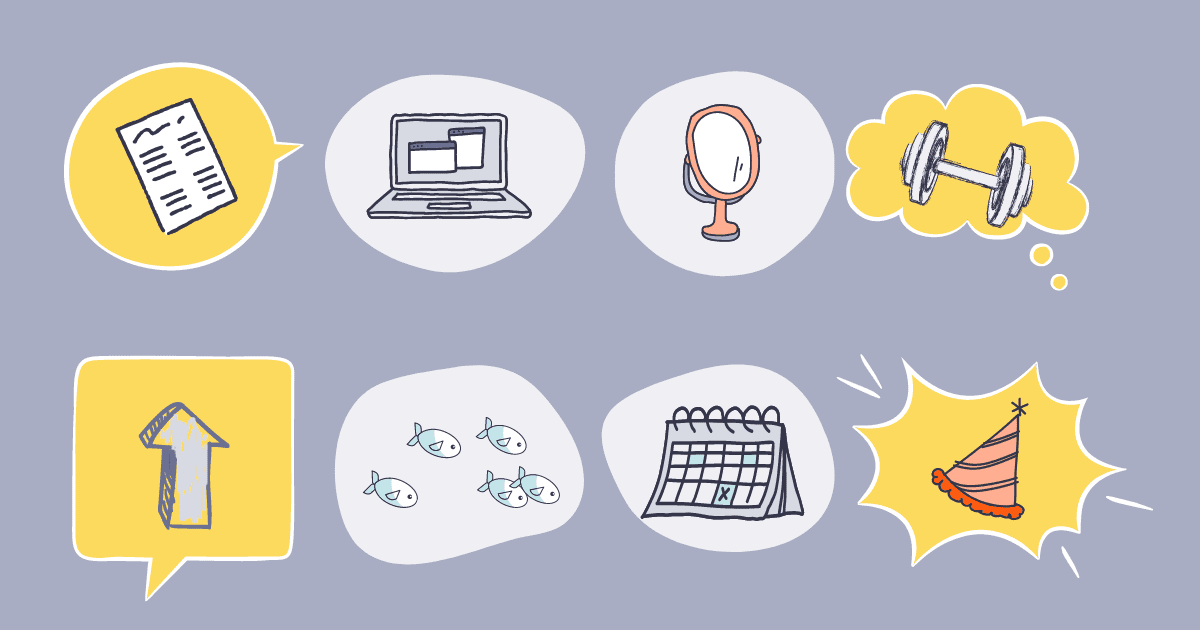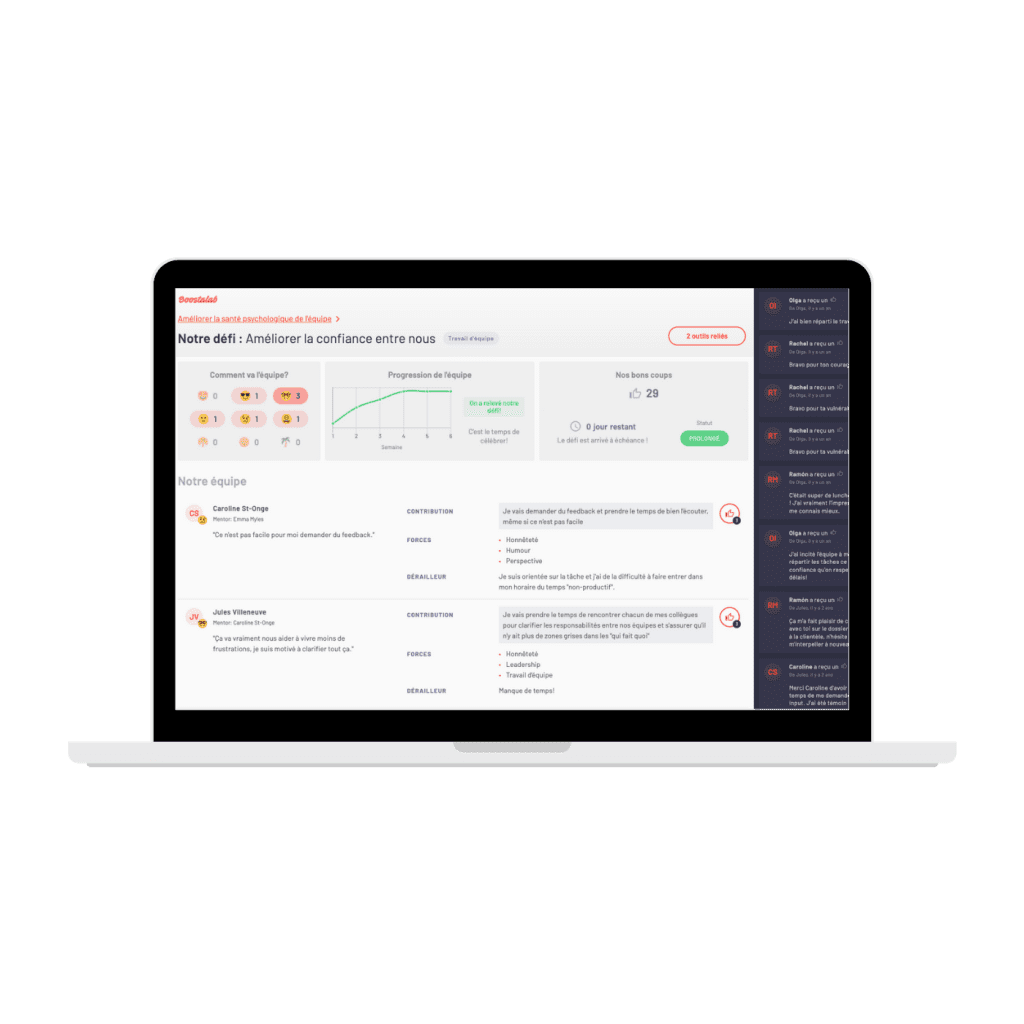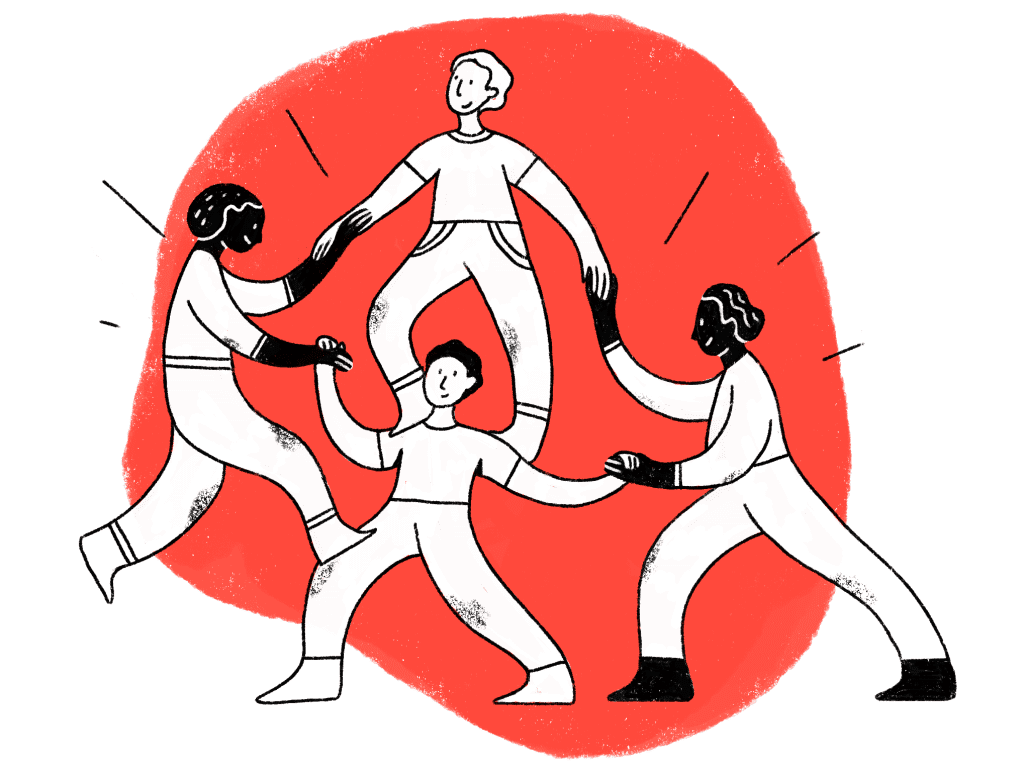
27 August 2025
4 min.
Autonomous learning
28 November 2022
5 min.

Anita wants to learn new skills for future career advancement. She sees this adventure as a steep road. She anxiously remembers her school days and has no desire to relive those painful times when learning meant no time, discouragement, and loss of confidence.
However, it is clear that she needs to follow the path of learning in order to develop professionally.
Does Anita’s story resonate with you or members of your teams? Do you feel discouraged when training is scheduled at work?
Obviously, learning takes discipline and work. However, it is possible to put in place a range of success factors to facilitate the learning process. We have listed eight of them. Discover them quickly.
It has been shown that one of the important factors of success when it comes to learning is intrinsic motivation; that is, motivation that gives you personal satisfaction. Extrinsic motivation, on the other hand, relies on external levers (such as financial reward or social pressure) and is, in essence, less powerful.
This means that in order to enrich a learning experience, you need to determine what it is about that learning that will be useful to you, right now. In other words, you need to find your WHY. Why are you in a learning situation, for what purpose, in the short term?
You need to find a clear why, which answers one of your current needs.
E.g.: I would like to be able to have difficult conversations with my team, because they are in a difficult situation today.
When learning becomes destabilizing and the urge to throw the books overboard becomes strong, that’s when intrinsic motivation comes into play to help find a second wind.
A skill is like a muscle: to strengthen it, you have to use it in action. You can read all you want about strength training and physical effort, but you only strengthen your muscles if you work them.
So, theory is great, but in order for what you are learning to turn into skills, you have to try and test these theories in your work life.
Take small steps. You don’t have to do it all at once, just keep doing it.

Learning means putting in place new behaviours. To achieve this, we necessarily go through a destabilization stage, because we have to get out of what we do by reflex, which requires being both vulnerable and kind.
By accepting and naming, to yourself and to others, the skills you want to improve, you show vulnerability. By giving yourself the right to make mistakes (yes, you won’t be perfect on your first try!), you are showing kindness to yourself. Take the opportunity to add a good dose of humility in order to be able to put your ego aside.
Yes: destabilization is necessary for learning, but this does not mean that you should feel helpless in the face of learning. In fact, knowing and using your existing strengths allows you to build a solid foundation for learning.
By the way, if you don’t know how to fully exploit your strengths, we have written a complete article on the subject. Feel free to take a look!
It’s time to talk about the brain! It has developed to prioritize what is known and comfortable (of course). This is good news for daily functioning.
BUT, since learning=destabilization, and since destabilization=comfort, there will be times when your brain will cause you to deprioritize your learning efforts.
We’ll give you a moment here to assimilate the fact that your brain is not your natural ally in terms of perseverance!
It is therefore important to identify your personal reasons for learning, and to remind yourself of them when your brain plays the spoilsport.
Involving colleagues in learning has many benefits, including:
Be careful! In a group, we run the risk of comparing ourselves. There is no need to compare: each person advances at his or her own pace and according to his or her own needs.

If you had to name one of the most precious things today, it’s time!
So, setting up learning time in your schedule will help make it a priority.
This will have the double benefit of helping you take action by planning small time slots. It’s easier to schedule 30 minutes to do an exercise in the short term than 2 hours to cover an entire topic.
Here are a few other ideas to explore for prioritizing what is important in the agenda:
Celebrate learning efforts and outcomes. Providing a chance to clearly articulate what has happened and what has been learned makes it more enjoyable!
Ideally, the celebration is not done alone in your corner. A festive dinner with colleagues, a bottle of natural wine at the team cocktail party, or a cup of winter tea in good company are great options to exploit. Moreover, it is an opportunity to highlight the achievements of all.
Take the opportunity to do a postmortem of your learning paths, in order to highlight the success factors that need to be put in place for… the next learning adventure!
So, can you implement the success factors for learning how to learn?

👉 Get 3 training themes for the price of 2!
A winning investment for your teams.
🔥 Offre exclusive en ce moment : 3 thématiques de formation pour le prix de 2!
Un investissement gagnant pour vos équipes!